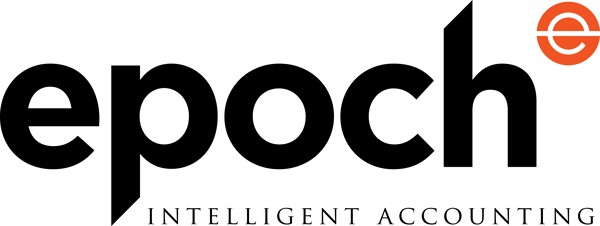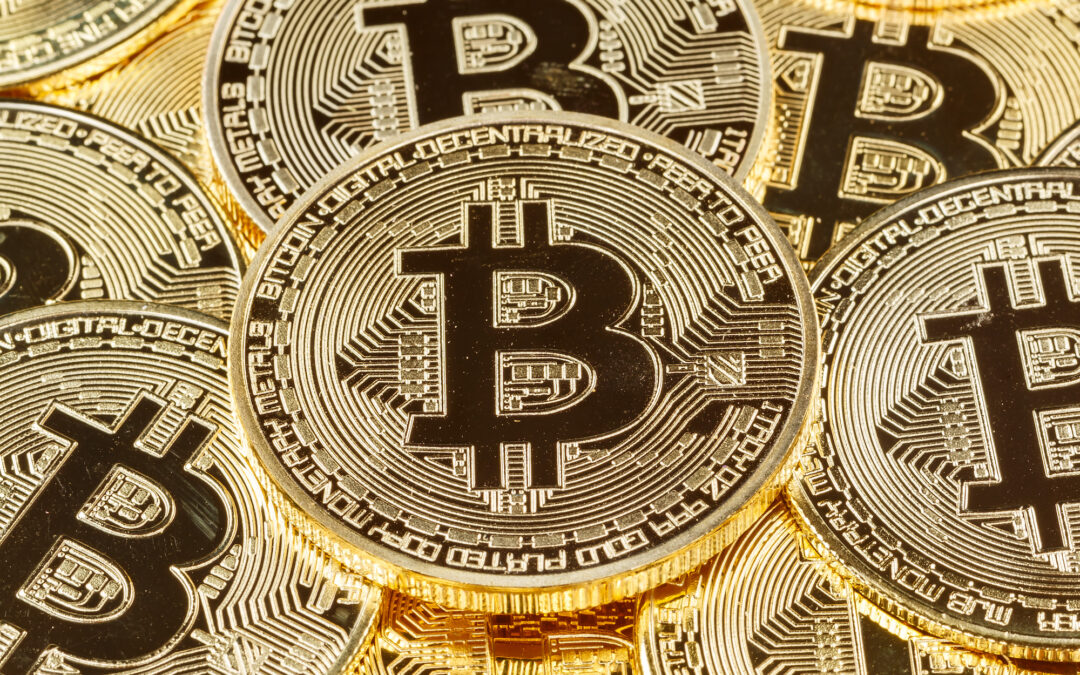The Australian Taxation Office recently updated its guidance on tax and cryptocurrency.
In early November, the Commonwealth Bank announced become Australia’s first bank to offer customers the ability to buy, sell and hold crypto assets directly through the CommBank app. You know when the banks come on board, cryptocurrency has become routine.
But cryptocurrency is only one part of the blockchain universe. Non-fungible tokens (NFT) are one-of-a-kind digital assets that form part of the Ethereum blockchain. An example is the CryptoKitties game that allows players to purchase, collect, breed and sell unique virtual cats – and, before you laugh, the game transacted over $1 million in virtual cats in its first few days of launching.
NFTs are also rapidly rising in popularity in the art world because ownership of the asset is on the blockchain. In some cases, the artist can take a percentage of every transaction of that artwork – so, no more starving artists because they can generate an income from the asset over time, not just on the first sale. A stellar example is the sale of an NFT artwork by the digital artist Beeple, sold at auction by Christie’s in March 2021 for $69 million (USD).
Let’s look at what the Australian Taxation Office has to say about some of the commonly asked questions about the implications of investing in blockchain.
Is mining cryptocurrency income or an asset?
If you receive crypto from providing services to others, this can represent income. If you create crypto, you acquire a capital gains tax (CGT) asset. A taxing event will arise when you exchange crypto for Australian Dollars or another crypto asset.
Does the ATO really know about my crypto transactions?
The ATO uses various sources for data collection, including digital service providers (DSPs) and analysis software to track taxpayer compliance. Numerous existing data-mining projects (no pun intended) look specifically at cryptocurrency and cryptocurrency platforms.
What happens if my cryptocurrency is stolen?
If somebody steals your cryptocurrency or you lose your cryptocurrency private key, you may be able to claim a capital loss. Generally, if you can replace an item, it is not lost. You cannot replace a lost private key. Therefore, to claim a capital loss, you must be able to provide the following kinds of evidence:
- When you acquired and lost the private key
- The wallet address that the private key relates to
- The cost you incurred to obtain the lost or stolen cryptocurrency
- The amount of cryptocurrency in the wallet at the time of loss of private key
- That you controlled the wallet (for example, transactions linked to your identity)
- That you possess the hardware that stores the wallet
- Transactions to the wallet from a digital currency exchange for which you hold a verified account or is linked to your identity.
I mine cryptocurrency as a hobby, so I should not have to pay tax on it?
Unfortunately, it’s unlikely mining for fun will allow you to avoid tax. The circumstances where you can generate cryptocurrency or transact it without paying tax are minimal.
Can I get a tax deduction for computer equipment purchased for mining?
If you are in the business of mining, then you can claim a deduction for the equipment you purchase to generate income. If you are not carrying on a business, the crypto is an investment, and the equipment is not deductible.
How is my NFT artwork taxed?
As with any other cryptocurrency, you can hold an NFT for personal use. Personal use assets are CGT assets that you keep mainly for your personal use or enjoyment.
NFT is not a personal use asset if it is kept or used mainly:
- As an investment
- In a profit-making scheme, or
- In the course of carrying on a business.
The appropriate time for working out if an asset is a personal use asset is at the time of its disposal. During a period of ownership, the way that an NFT is kept or used may change (for example, you can acquire NFTs for personal use and enjoyment, but ultimately need to keep using them as an investment, to make a profit on ultimate disposal or as part of carrying on a business).
The longer an NFT is held, the less likely it will be a personal use asset – even if you ultimately use it for personal use or consumption.
For CGT purposes, the tax office disregards the capital gains you make from personal use assets acquired for less than $10,000. However, all capital losses you make on personal use assets are disregarded. Collectables are not classed as personal use assets and may be subject to CGT.
Can my Self Managed Superannuation Fund invest in cryptocurrency?
The issue is not so much can you acquire cryptocurrency within an SMSF but should you? The June 2021 ATO statistical report shows Australians held approximately $212m in cryptocurrency assets as of 30 June 2021- only 0.03% of total assets. The simple reason is that the volatility of cryptocurrency makes it harder to rationalise under Section 62 of the Superannuation Industry Supervision (SIS) Act, mainly if the asset allocation ratio of cryptocurrency assets in the SMSF is high. But, it’s not impossible if managed correctly at an investment and administrative level.
With Bitcoin as low as $14k on 13 September 2020 and $61k on 12 September 2021, it’s easy to see the appeal for investors with a risk appetite (335% return across 12 months). In this same period, Ethereum grew 767%. But the world was in a different place in September 2020, not just in cryptocurrency.
Before investing in cryptocurrency, there are a few things SMSF trustees need to be aware of:
- Trust Deed – the trust deed of the fund must allow for cryptocurrency assets. Most SMSF trust deeds are drafted broadly to enable trustees to invest in assets permitted by the superannuation laws and leave the investment strategy to manage the choice of assets and their appropriateness. However, it is important to check.
- Investment strategy – Your Investment Strategy is a significant consideration with any investment within an SMSF, but with cryptocurrency’s high volatility and risks, there must be clearly articulated information in the Investment Strategy. That is, it must articulate the trustees’ plan for making, holding and realising assets in a way that is consistent with the retirement goals of members, being mindful of the member’s individual circumstances.
- Separation of assets – it’s important that the cryptocurrency assets are held in a wallet in the name of the SMSF, and the IP address is provided to the SMSF auditors to verify the transactions (against the fund bank account). Problems can often arise when a wallet (in the name of the SMSF) is connected to a personal credit card to acquire cryptocurrency. In these cases, the payment is seen as either a contribution or a loan to the SMSF.
The ATO also suggests you look at the diversity of the SMSF’s investments.
How tax applies to blockchain and the generation of income or assets is still a work in progress. Please contact me if I can assist.
Julian

